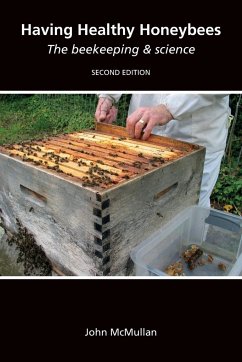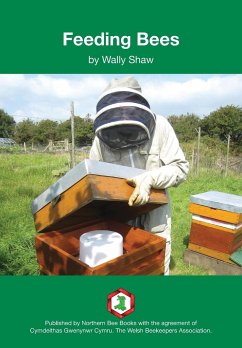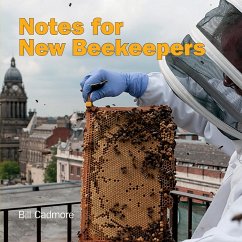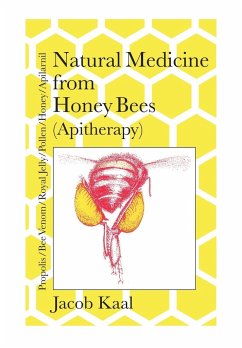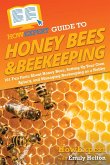The general public are becoming more aware of the plight of 'bees'. This is, more accurately, the plight of pollinating insects. Dave Goulson, in his book, (see Silent Earth: Averting the Insect Apocalypse) has called it the 'Insect Apocalypse' and this has meant that many people now believe honey bees to be a protected species. The term 'bees' in this context means all bees and, in the UK, there are about 250 species of bees. However, this book is concerned with just a single species namely Apis mellifera the western honey bee.The general public, in the UK, think that the honey bee is a protected species, and that destruction is not an option. This is not true in the UK but the feral colonies (those living in cavities other than managed bee hives) are considered to be a valuable genetic resource and should not be destroyed if it can be avoided. In this book, the authors have tried, in some way, to describe the processes and thoughts any bee remover needs to undertake before, during and after the removal of feral honey bees from a building or other such structure.Geoff Hopkinson B.E.M, NDB February 2022


